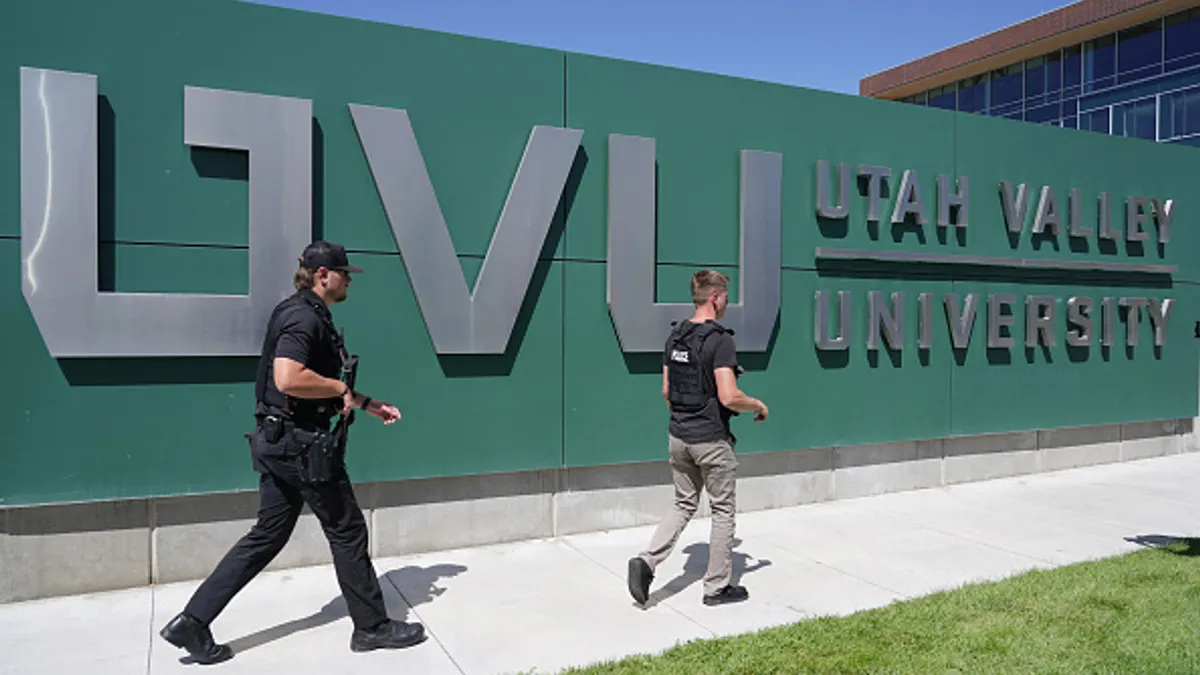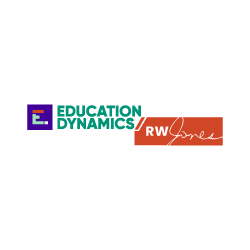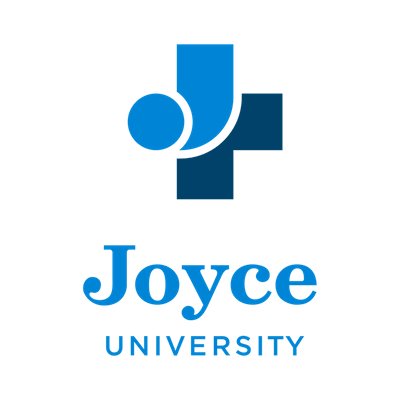As the world moves quickly toward an Internet of Things economy, colleges have an opportunity to not only foster both the development of IoT innovations and business models, but also to train future leaders in IoT.
Students have grown up with smartphones in their hands, and they come to campus with as many as seven technical devices, noted Anthony Rowe, associate professor in the electrical and computer engineering department at Carnegie Mellon University. These students turn to technology not only to solve current problems, but with a “How can I use my device to make life better?” approach.
With this approach, Generation Z is driving institutions to conceptualize how the Internet of Things — or the network of physical devices, vehicles, home appliances and other items embedded with software, sensors, electronics and network connectivity which allows these objects to “talk” to each other and exchange data — impacts their campuses.
But it isn't just a need to upgrade technological infrastructures and make sure there's enough bandwidth to accommodate all of these devices on campus. Someone has to train these students to operate in a technology-driven economy. Already, billions of physical devices throughout the world use IoT technology. U.K.-based Juniper Research estimates about 13.4 billion devices were connected in 2015, with the number expected to triple by 2020.
As the need for IoT applications becomes more important commercially, many colleges and universities are working to train science, technology, engineering and math, or STEM, students in that area.
Carnegie Mellon is at the forefront of using new technology to bring hands-on applied research projects to students to build into real-world IoT applications. The institution is among the first to use specialized programs to allow students to learn and integrate software into actual hardware, according to Rowe.
Students are doing hands-on work to develop a variety of application projects, such as sensors that send an alert when pipes on campus facilities have frozen, which benefit the university while giving them tangible work experience.
“Students think of wild ideas,” Rowe said. “They are so comfortable with the internet and social media. They have always had a cell phone in their hands. So while the older generation might think, ‘What problems need to be solved?’ These students are thinking, ‘What can we use technology for to make our lives better?’”
Finding programs or ways to teach students how technology works and opening the door more easily is important, he said. Students beyond engineering majors may want to learn to create or use the Internet of Things in their future employment, so schools should take a multidisciplinary approach to teaching IoT, he said.
“Someone in social sciences may want to monitor how colds spread across campus, for example,” Rowe said. “Medical students may want to explore ways to use IoT to help diabetics control insulin.”
University leaders, he said, should realize that programs to teach IoT applications are accessible and affordable. There are also growing online groups school leaders can use as they move forward, he said.
Carnegie Mellon uses LoRa Technology and LoRaWAN open to protocol to develop its own network, OpenChirp. The goal of LoRaWAN Academy is to educate its students in adopting cutting-edge tech to create innovative IoT solutions, officials said.
Encouraging IoT experimentation
The University of Wisconsin-Madison, launched an Internet of Things Center in 2013 to provide space for students and faculty to experiment in the growing field.
The center supports industry-college collaborations, and has partnered with companies such as Johnson Controls in Milwaukee to work on ways to improve how manufacturers use IoT for equipment diagnostics, as well as the Wisconsin-based Kohler Company, which is launching many "smart" products, such as toilets that monitor water use, for example.
Administrators say the space is helping to shape technical innovation skills as students learn to build IoT applications and network systems for devices, but it is also used to conduct faculty research, guide new business model innovations, integrate and analyze data, look at ways to improve consumer experiences and consider the ethical issues of IoT and ways data collection is used.
"Essentially the center is a gateway for industry to work with talent on campus, of both faculty and students," said director Shiyu Zhou. UW-Madison even hosts larger symposiums for the general public to learn more about IoT, such as safest or best practices.
"IoT, I think, is the future," he said. "The companies we work with feel a lot of pressure to use this. Some companies are very far ahead of others."
Analysis of IoT information grows increasingly important as more companies not only sell "smart" devices to others, but also install them into their own manufacturing systems.
"These devices collect a lot of data," Zhou said. "We can help guide people in understanding the data, as well as which data is important to them."
UW-Madison experts can help business leaders determine which IoT efforts will produce the best return on investment, he said.
About 15 to 20 faculty members, experts in statistics and analyis, along with student assistants, often work with smaller companies to review data collected by client industries.
"Larger companies have their own analysts," Zhou said. "Smaller companies can't afford that. Part of our mission is to help those small, local companies."
Zhou expects demands for the center's services to grow, particularly because he is aware of just two other large IoT centers, one at Georgia Tech and the other at the University of California.
"Universities need to take the lead," Zhou said. "Traditional manufacturers don't have the manpower. And companies like Google may understand how to read data but not the manufacturing process. We have a unique role to play."
Students, he said, are excited by the future of IoT.
One recent student project, for example, involved collecting data on sauces at the University Union. Students used IoT data to monitor popularity of individual sauces, times they were used, varying amounts students took, and more. They then discussed ways information might be used to make decisions on sauce offerings.
Carnegie Mellon's Rowe said students learning these skills could end up working at companies such as Apple, Google, Boeing or Nest some day.
“I think most students that are working in what is effectively the wireless sensing or IoT space will end up taking on jobs ranging from embedded-systems engineers and hardware engineer to software engineers and data scientist-type positions,” he said. “Basically any company that collects data from the environment from sensors and wants to process that information for some purpose."














